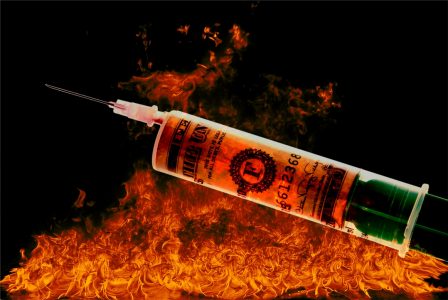COVID Complicating Financial Health of Americans
:
Filed under: Medical Debt
 Since the start of the COVID-19 pandemic, nearly a million Americans have died as a result of the virus. Millions more are dealing with the illness’s long-term consequences, including as serious health issues, inability to work, and job loss. When you can’t pay your medical expenses and your health continues to deteriorate, your alternatives for relief are frequently restricted to borrowing from family, taking out a personal loan, or bargaining with your medical provider.
Since the start of the COVID-19 pandemic, nearly a million Americans have died as a result of the virus. Millions more are dealing with the illness’s long-term consequences, including as serious health issues, inability to work, and job loss. When you can’t pay your medical expenses and your health continues to deteriorate, your alternatives for relief are frequently restricted to borrowing from family, taking out a personal loan, or bargaining with your medical provider.
Although it is feasible to take out a loan or borrow money to pay off medical debts, doing so usually makes things worse. In a way, you’re borrowing from Peter to pay Paul, resulting in a debt cycle.
Unfortunately, there are few, easy options for dealing with medical debt. You may be able to work out a payment plan with the medical provider in addition to borrowing the money. However, this rarely occurs without a significant amount of time, effort, and angst spent haggling with the provider. Some providers may just refuse to negotiate and instead pursue collections.
Fortunately, bankruptcy offers a solution. In a Chapter 7 bankruptcy proceeding, medical debts are dischargeable.
The Bankruptcy Law Reform Act of 2016 was passed by the United States Congress in 2016, making most medical debt non-dischargeable in bankruptcy. On October 17, 2018, the new law went into effect. The most typical approach to dismiss consumer medical debt in bankruptcy is through Chapter 7. You give up all of your nonexempt property to the bankruptcy trustee, who sells it and distributes the cash to your creditors under Chapter 7 bankruptcy. Your creditors must discharge any remaining debt not covered by your exemptions in exchange.
Contact a Dallas bankruptcy attorney to learn more about eliminating medical debt and exempting property in Chapter 7.







